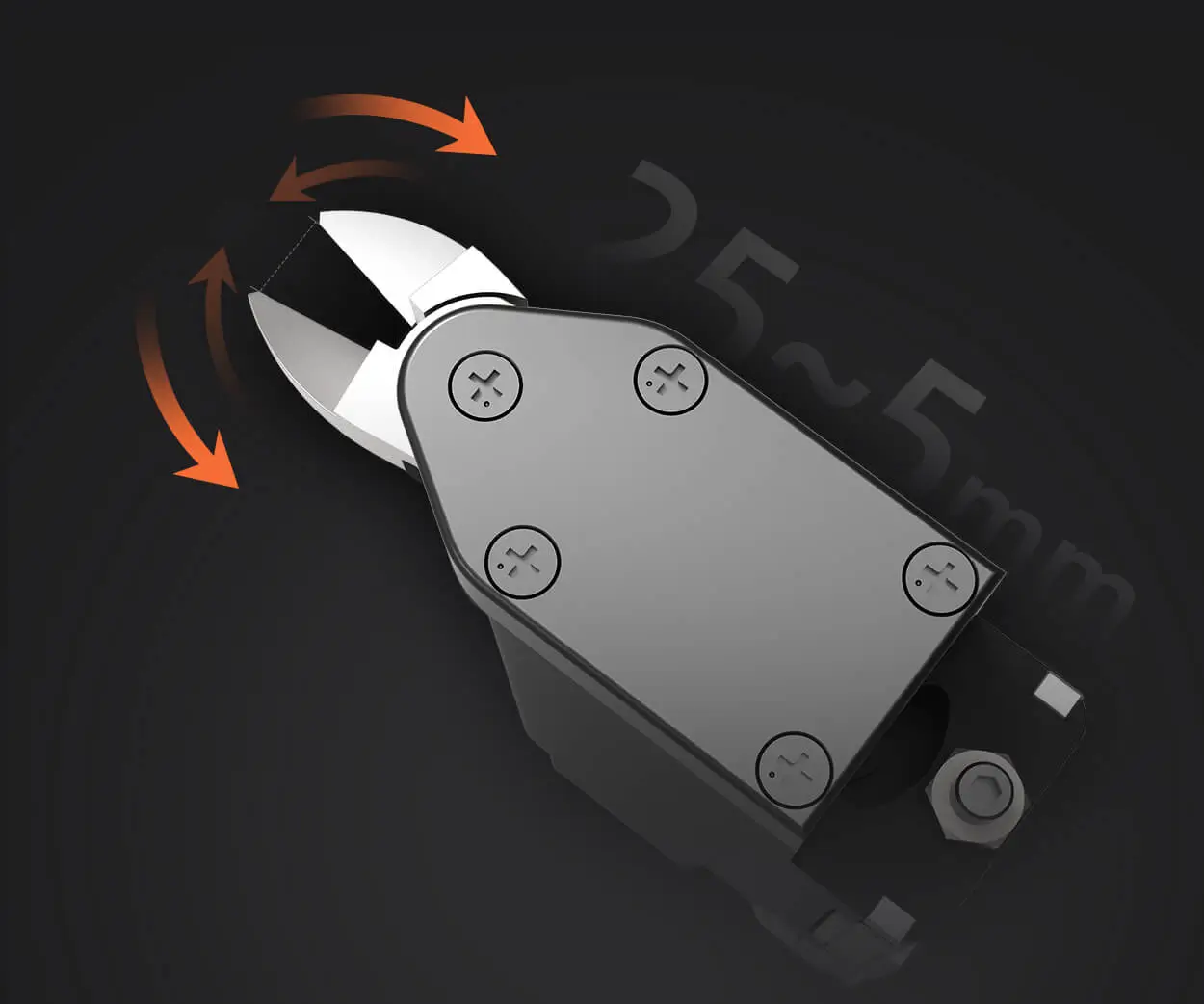Imagine building a city where each block can be customized, repaired, or upgraded without shutting down the entire metropolis. That’s the kind of flexibility microservices bring to software architecture. But what makes that city work smoothly? It’s all about design principles—these are the secret ingredients that turn chaos into harmony.

First off, let’s talk about modularity. Each microservice needs to be like an independent puzzle piece. Not just slapped together but designed thoughtfully, with clear boundaries. Think of a bookstore app, for example. One microservice handles user profiles, another manages inventory, and a third takes care of payments. If one gets hacked or crashes, the rest keep humming along. It’s about isolating functions—failure in one doesn’t domino into a breakdown for everything else.
Then there’s the principle of scalability. Want your app to handle loads during a flash sale? Microservices make that possible. You can bump up the capacity for a specific service—say, the checkout process—without touching the entire system. The trick is in designing services that can grow independently. It’s like having a garden where you can add more pots without tearing up your entire backyard.
Transformational logging and monitoring are also key. Ever wondered what’s happening under the hood? Good design incorporates real-time insights—so when something strange pops up, you’re not fumbling in the dark. It’s about transparency. For instance, if your payment microservice suddenly slows down, proactive alerts let you catch it before users even notice.
But what about the real challenge? Compatibility and integration. How do you keep different services playing nice? You want to avoid monoliths that scream for attention and crush flexibility. That’s why open standards and RESTful APIs are the backbone. They’re the diplomatic diplomats, ensuring each service communicates smoothly, no matter the language or platform underneath.
Now, a little sprinkle of cleverness—it's about designing not just for today, but for tomorrow. Microservices are like a Netflix playlist—you keep adding new shows. You want your architecture to smoothly incorporate new features or tech upgrades. That’s where loose coupling comes into play—services should be like independent jazz musicians, improvising without stepping on each other’s solos.
Ever feel overwhelmed by complexity? Take a step back and look at your microservices landscape. Simplicity in design, combined with strategic boundaries, turns a chaotic cluster into a sleek, responsive system. It’s like crafting a machine that not only works but adapts, evolves, and keeps pace with the next big thing.
So, what’s the secret sauce? It’s embracing these design principles with both passion and pragmatism. Strive for modularity, scalability, transparency, interoperability, and future-ready architecture. That’s how microservices transition from a buzzword to a powerhouse—making sure your system is as nimble and robust as you need it to be.
Established in 2005, Kpower has been dedicated to a professional compact motion unit manufacturer, headquartered in Dongguan, Guangdong Province, China. Leveraging innovations in modular drive technology, Kpower integrates high-performance motors, precision reducers, and multi-protocol control systems to provide efficient and customized smart drive system solutions. Kpower has delivered professional drive system solutions to over 500 enterprise clients globally with products covering various fields such as Smart Home Systems, Automatic Electronics, Robotics, Precision Agriculture, Drones, and Industrial Automation.




































